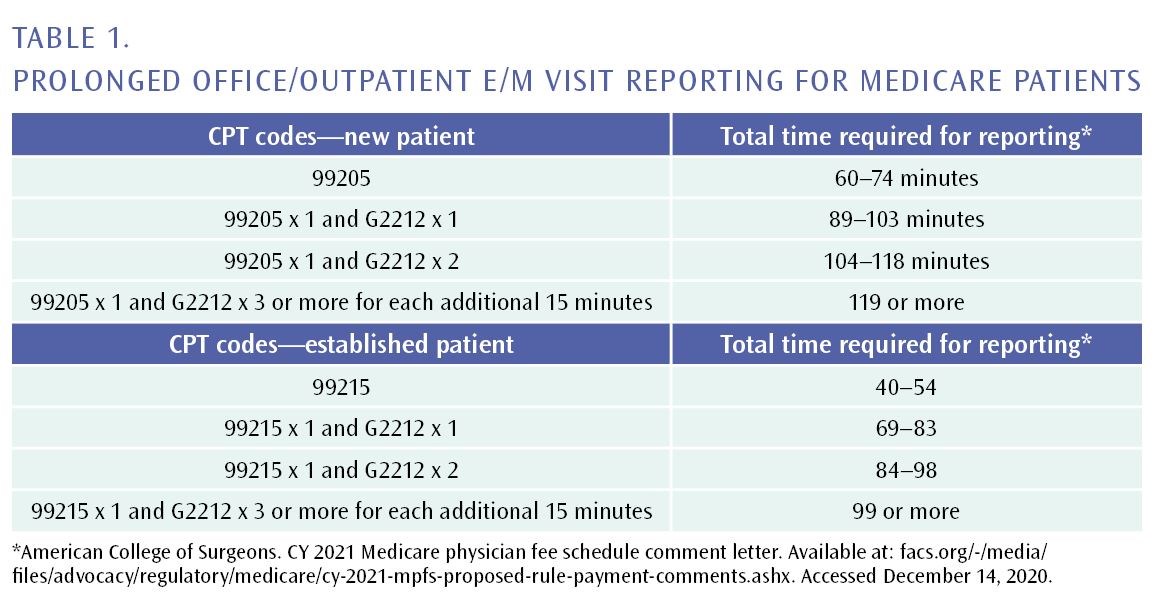Implantation of Mesh for Delayed Closure
Prior to 2023, add-on code 49658 was reported for mesh placement for open hernia repair or for closure of wounds from necrotizing soft tissue infection. This code will be deleted, and mesh placement will be included as inherent for all new anterior abdominal hernia repair codes. The remaining use of code 46958, (closure of wounds from necrotizing soft tissue infection), now will be reported with new code 15778, Implantation of absorbable mesh or other prosthesis for delayed closure of defect(s) (i.e., external genitalia, perineum, abdominal wall) due to soft tissue infection or trauma. Patients with necrotizing soft tissue infections typically result in a large, open wound that cannot be closed primarily. When the infection has resolved, absorbable mesh or other prosthesis is placed to allow healing by secondary intent until such time that a skin graft or skin closure can be accomplished. In contrast to add-on code 49658, new code 15778 has a 0-day global period and may be reported with or without other procedures performed at the same operative session.
Removal of Sutures and/or Staples “In the Office”
The 0-day global period assigned to the new anterior abdominal hernia repair codes required additional new codes for reporting services performed at postoperative E/M visits. For 2023, two new add-on codes were established for reporting suture and/or staple removal in conjunction with an E/M visit. Code 15853, Removal of sutures or staples not requiring anesthesia (List separately in addition to E/M code), and code 15854, Removal of sutures and staples not requiring anesthesia (List separately in addition to E/M code), may be reported with an appropriate E/M service for any procedure that has a 0-day global period, including the new anterior abdominal hernia repair codes.
These new add-on suture/staple removal codes do not have physician work relative value units (RVUs) assigned because they are for practice expense reimbursement only (i.e., clinical staff time, disposable supplies, and use of equipment). Prior to 2023, the practice expense was embedded in the payment for the deleted 90-day global hernia repair codes. Keep in mind that these codes may be reported multiple times, but only once per day. For example, on postop day 3 after a 0-day global procedure is performed, code 15853 can be reported for suture removal related to drain removal. Then, on postop day 10, code 15853 can be reported again with an appropriate E/M for staple removal. Because codes 15853 and 15854 are add-on codes to be reported with an E/M code, no modifier should be appended to the E/M code.
Removal of Sutures or Staples “Under Anesthesia”
While reviewing the issue of reporting suture and/or staple removal for codes with a 0-day global period, the ACS CPT advisors discovered unusual reporting of code 15851 that previously described removal of sutures or staples “under anesthesia other than local.” Specifically, more than 80% of the Medicare claims were office-based even though the intent of this code was for reporting a facility-based procedure. The ACS recommended revision of code 15851 to describe suture or staple removal, specifically requiring general anesthesia or moderate sedation (for example, removal of sutures on the face of an infant). For 2023, code 15851, Removal of sutures or staples requiring anesthesia (i.e., general anesthesia, moderate sedation), will be priced only in the facility setting. For suture or staple removal in the office setting, new add-on codes 15853 or 15854 should be reported. In addition, with the revision to code 15851, code 15850, (suture/staple removal “same” physician), was deleted with a parenthetical reference added to report code 15851.
Percutaneous Arteriovenous Fistula
Two new codes have been created to report percutaneous arteriovenous (AV) fistula creation in the upper extremity via a single access of both the peripheral artery and peripheral vein (36836, Percutaneous arteriovenous fistula creation, upper extremity, single access of both the peripheral artery and peripheral vein, including fistula maturation procedures [e.g., transluminal balloon angioplasty, coil embolization] when performed, including all vascular access, imaging guidance and radiologic supervision and interpretation), and via separate access sites of the peripheral artery and peripheral vein (36837, Percutaneous arteriovenous fistula creation, upper extremity, separate access sites of the peripheral artery and peripheral vein, including fistula maturation procedures [e.g., transluminal balloon angioplasty, coil embolization] when performed, including all vascular access, imaging guidance and radiologic supervision and interpretation). Previously, there were only codes for AV fistula creation via an open approach. Please note that percutaneous AV fistula creation in any location other than the upper extremity should be reported with the unlisted vascular surgery procedure code 37799.
Intragastric Bariatric Balloon
Two new endoscopic bariatric treatment codes will be available in 2023 to report esophagogastroduodenoscopy (EGD) deployment and removal of a bariatric balloon device; code 43290, EGD, flexible, transoral; with deployment of intragastric bariatric balloon, and code 43291, EGD, flexible, transoral; with removal of intragastric bariatric balloon(s).
Delayed Creation Site for Embedded Intraperitoneal Catheter
In the final rule for 2022, the Centers for Medicare & Medicaid Services (CMS) received a public nomination that code 49436, Delayed creation of exit site from embedded subcutaneous segment of intraperitoneal cannula or catheter, can be safely performed in the office setting, but the code was not priced in this setting. CMS agreed that if this service were to be performed in an office, there may be an ease in the burden to the provider and patient, when trying to coordinate access with the current public health emergency facility restricted schedules. Although CPT did not change the code descriptor for 49436, this procedure was reviewed by the American Medical Association/Specialty Society Relative Value Scale Update Committee (AMA/RUC) to add practice expense details for office reimbursement. Beginning in 2023, the nonfacility practice expense RVUs have increased to account for the office clinical staff time, disposable supplies, and use of office equipment.
Modifier 93 Synchronous Audio-Only Telemedicine
Representatives of several state insurance providers, including Medicaid, received approval for the new modifier 93, Synchronous Telemedicine Service Rendered Via Telephone or Other Real-Time Interactive Audio-Only Telecommunications System, which will be appended to select codes to indicate when a service is provided via an audio-only technology (primarily via telephone). This modifier will help third party payers collect data to distinguish service modalities (audio-only, audio-video, traditional face-to-face) and allow for monitoring and evaluation of the frequency of use and clinical efficacy of these delivery methods to inform future policies and payment. In addition to the new modifier, CPT has added the list of applicable codes in the new Appendix T in the codebook. CMS has accepted application of modifier 93 for some telehealth services during the public health emergency (PHE) and for a specified number of days after the PHE ends. The list of Medicare-approved telehealth services can be accessed at: cms.gov/medicare/medicare-general-information/telehealth/telehealth-codes.








